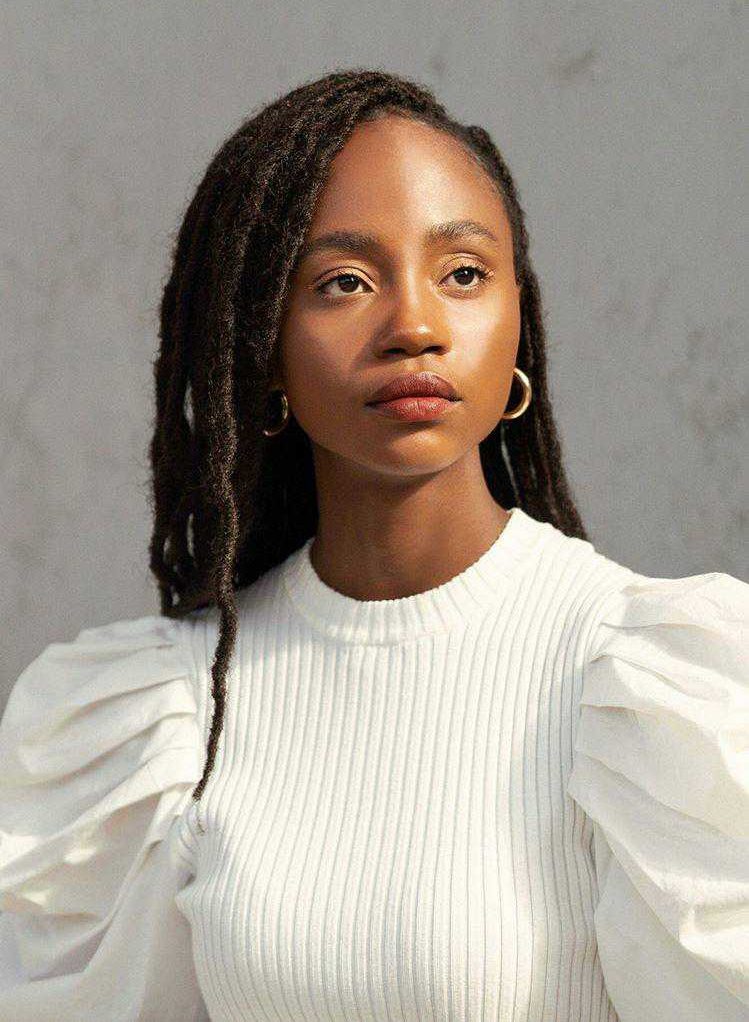
Georgia State creatives are finding alternative methods of harnessing their creativity while being in quarantine. COVID-19’s effect on in-person interactions has transformed the artistic process for many.
Student artists are creating new artwork in ways they never have before. At first, the creative process became difficult, as outward inspirations disappeared and spending most of their time indoors became the new normal.
But artists had to adapt, becoming more inward and reflective. With so much time alone, some artists have become their own muses.
Business in the front, rapper in the back
Jordan Candis is a junior majoring in business at Georgia State. Candis is a stylist with a specific fondness for fashion and modeling, as well as a recording artist. He describes his art as unorthodox.
“I try to put a different perspective on what inspires me, whether it’s music or fashion,” Candis said.
Candis’ artistic process took a sharp turn when COVID-19 shut down Georgia State’s campus in March. He has since integrated meditation and vocabulary building into his creative process to improve concentration and freestyling techniques.
Candis’ current process of artistic expression is new to him, but that has not hindered his desire to create music.
“I’m still creating, but it’s been very difficult to get my music or my work out there,” he said. “For example, I have no studio at my place, so now, I just have to build my songs and hope there will be a time I can make them come to reality.”
Candis is still improving artistically, and he is prepared to emerge better than before.
“I have the time to really sit down and practice my skills, so when it’s time, I’ll be ready,” he said.
Filling a new frame
Tyler Jones is entering his third year at Georgia State, majoring in media entrepreneurship. Jones mainly works as a photographer and describes his photos as cinematic, as films inspire his aesthetic.
“I want whoever is viewing my work to feel at ease yet gripped by the image,” Jones said.
Photographers typically rely on human subjects and busy settings as the foundation of their work. Jones has since had to improvise with limited human contact.
“My process has changed drastically,” Jones said. “A lot of my work involved models, so without them, I’ve had to look at other subjects.”
Jones found a new appreciation for a muse that has always been right in front of him: Mother Nature.
“Lately, I’ve turned to nature as my subject, which, surprisingly, has been very rewarding,” Jones said. “Before the virus, I didn’t fully appreciate the beauty that nature holds.”
A shift in Jones’ creative process has led to increased confidence in his work, fortifying his eagerness to showcase it in the future.
“[Quarantine] has helped me tremendously,” he said. “It has challenged my eye and made me appreciate photography even more than I did prior to this.”
Jones holds a positive outlook for the future of his art despite the bleak circumstances.
“I look at this as a time of growth,” Jones said. “Once everything has cleared up, I will be more ready than ever to get back to work.”
Living in color
Jackson Markovic is entering his third year studying photography at Georgia State. He dabbles in many forms of visual art, including photography, sewing and clay sculpting.
Markovic spends most of his time working with his photographs, describing them as “fairly documentary-esque pictures to modify and set up still-life experiments.”
As a photographer, Markovic used to shoot exclusively on film. He found that this method of photography required some adjusting since some resources are no longer accessible. Markovic has had to make do with materials readily available to him.
“Not having access to the school darkroom has made [developing film] a challenge,” Markovic said. “I actually developed color film at home, which worked but had really weird color shifts. But I like letting them show. I think it’s representative of the process.”
It took some time for Markovic to realize his artistic process has changed since being away from campus.
“I like to think [quarantine] has overall helped, in a slow and not very apparent way,” he said. “It’s given me more time to explore without deadlines and make things I haven’t made before.”
Markovic is unsure of the future of his artwork, but he is enjoying the current process of creating.
“I think my art will be different than if [quarantine] hadn’t happened, but I don’t know where I would be otherwise,” he said.
Though it is hard to accurately predict the future, these student artists have shown that not even a pandemic can get in the way of an artist and their craft.
